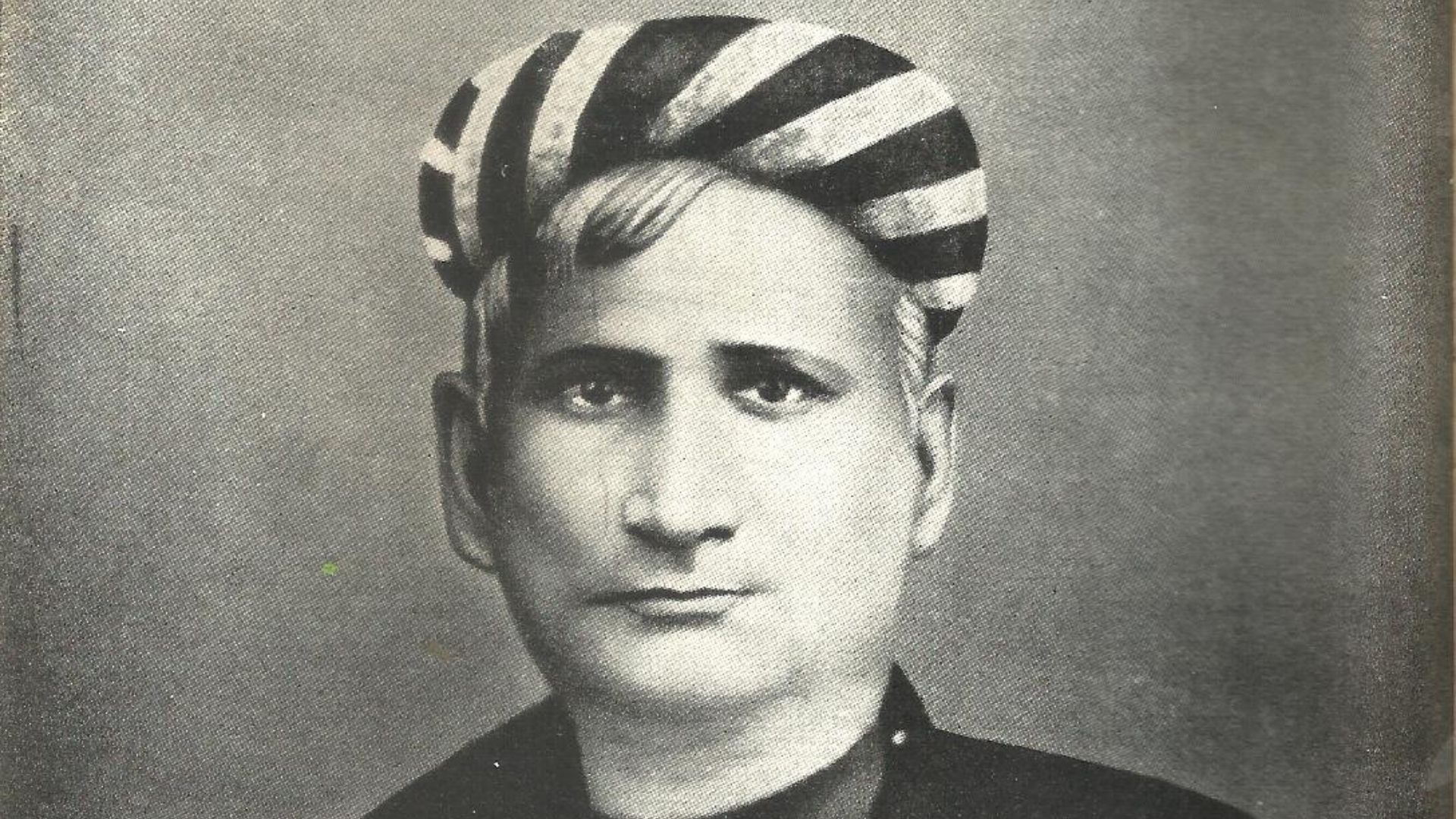Bankim Chandra Chattopadhyay: The Literary Genius Who Shaped Indian Nationalism

Bankim Chandra Chattopadhyay: The Literary Genius Who Shaped Indian Nationalism
Introduction
Bankim Chandra Chattopadhyay, a pioneering novelist, poet, and journalist, is one of the most revered figures in Indian literature. His seminal work, Anandamath, introduced the powerful nationalist hymn Vande Mataram, which later became India’s national song. As a stalwart of Bengali literature and a key figure in India’s freedom movement, his influence extends beyond literature to the socio-political transformation of India.
Early Life and Education
Born on June 27, 1838, in Naihati, Bengal Presidency (now West Bengal, India), Bankim Chandra hailed from a distinguished Bengali Brahmin family. His father, Jadab Chandra Chattopadhyay, was a government official, which influenced young Bankim’s academic pursuits. He excelled in studies and went on to become one of the first graduates of the University of Calcutta in 1857. Later, he pursued law, which led to a career in the British Indian administration.
Despite his administrative role, Bankim Chandra remained deeply interested in literature and philosophy. His profound engagement with ancient Indian texts, combined with his Western education, gave him a unique literary perspective. He seamlessly blended Indian traditions with modern storytelling, making his works relatable to a wide range of readers.

The Pioneer of Bengali Literature
Bankim Chandra Chattopadhyay is often credited with pioneering modern Bengali literature. His first novel, Durgeshnandini (1865), was the first historical novel written in Bengali, marking the beginning of the Bengali literary renaissance. This work was revolutionary in its narrative style, creating a bridge between classical and contemporary literature.
Following this success, he penned several notable works, including:
- Kapalkundala (1866), a romantic novel known for its powerful storytelling.
- Mrinalini (1869), which depicted the complexities of human emotions.
- Vishabriksha (1873), a novel centered on social issues.
- Krishnakanter Will (1878), exploring family and inheritance conflicts.
- Rajani (1877), focusing on human psychology and moral dilemmas.
- Devi Chaudhurani (1884), portraying a female protagonist who rises to power.
- Anandamath (1882), a historical novel intertwined with revolutionary themes.
His novels were deeply rooted in Indian history, mythology, and nationalism, creating a sense of pride and awakening among readers.
Vande Mataram: A Song That Inspired a Nation
One of Bankim Chandra’s greatest contributions to India’s freedom struggle was the composition of Vande Mataram. Featured in his novel Anandamath, this song became a rallying cry for Indian revolutionaries fighting against British rule. The hymn was later adopted as India’s national song and continues to be an enduring symbol of patriotism.
The song’s lyrics are imbued with imagery of a motherland depicted as a goddess, emphasizing a spiritual and emotional connection with India. The message of Vande Mataram resonated strongly with freedom fighters, making it an anthem of resilience.

His Role in Nationalism and Socio-Political Awakening
While primarily a writer, Bankim Chandra Chattopadhyay was also a journalist and social reformer. He founded the Bengali journal Bangadarshan, which became a platform for discussing contemporary socio-political issues. His works subtly criticized the British administration while encouraging a sense of cultural and national unity among Indians.
Bankim’s engagement with political ideologies and cultural revivalism played a crucial role in India’s awakening. He emphasized the importance of:
- Self-reliance and indigenous pride.
- Reviving Hindu traditions to counteract colonial influences.
- Women’s empowerment and education as a means to strengthen society.
Writing Style and Themes
Bankim Chandra’s literary style was characterized by a blend of romanticism, historical depth, and patriotic fervor. His writing often explored themes such as:
- Nationalism and Patriotism – As seen in Anandamath and Devi Chaudhurani.
- Women’s Empowerment – Devi Chaudhurani depicted a strong female protagonist, a rarity in literature at the time.
- Hindu Philosophy and Mythology – Many of his works, including Krishnakanter Will, reflected Hindu ethics and traditions.
- Social Reform – Addressed issues such as widow remarriage and caste prejudices.
His ability to intertwine mysticism, realism, and philosophy allowed him to create narratives that were both engaging and thought-provoking.

Bankim Chandra’s Influence on Later Generations
His impact on Indian literature and nationalism was profound. Many leaders, including Rabindranath Tagore, Sri Aurobindo, and Mahatma Gandhi, acknowledged his influence in shaping national consciousness. His novels were translated into multiple languages, making his ideas accessible to a broader audience.
His works also influenced the Bengali Renaissance, inspiring future generations of writers, poets, and intellectuals. His deep understanding of India’s cultural heritage positioned him as a pioneer of the Indian nationalist movement.
Legacy and Death
Bankim Chandra Chattopadhyay passed away on April 8, 1894, but his legacy remains immortal. His novels continue to be studied in literature courses, and Vande Mataram is still recited as a symbol of India’s independence.
To this day, his contributions are commemorated in various forms:
- Statues and memorials across India.
- Annual literary celebrations in his honor.
- Academic research and literary discussions on his impact.
Conclusion
Bankim Chandra Chattopadhyay was more than just a novelist; he was a visionary who used literature as a tool for national awakening. His contributions to Bengali literature and the freedom movement cemented his place as one of India’s greatest intellectuals. His works remain an inspiration for readers and patriots alike.
Bankim Chandra Chattopadhyay’s works continue to inspire readers, scholars, and patriots. If you are intrigued by his literary and nationalist contributions, delve deeper into his novels to experience the powerful narratives that shaped India’s cultural and political landscape.
Explore more about Indian literature and history by reading his books and discussing their impact. Share this article with others to spread awareness about this great literary figure!
For More Post about Bengali Legends please visit Bengali Legends
Follow Us for on Social Media: Facebook | Instagram | Pinterest | Twitter | YouTube







